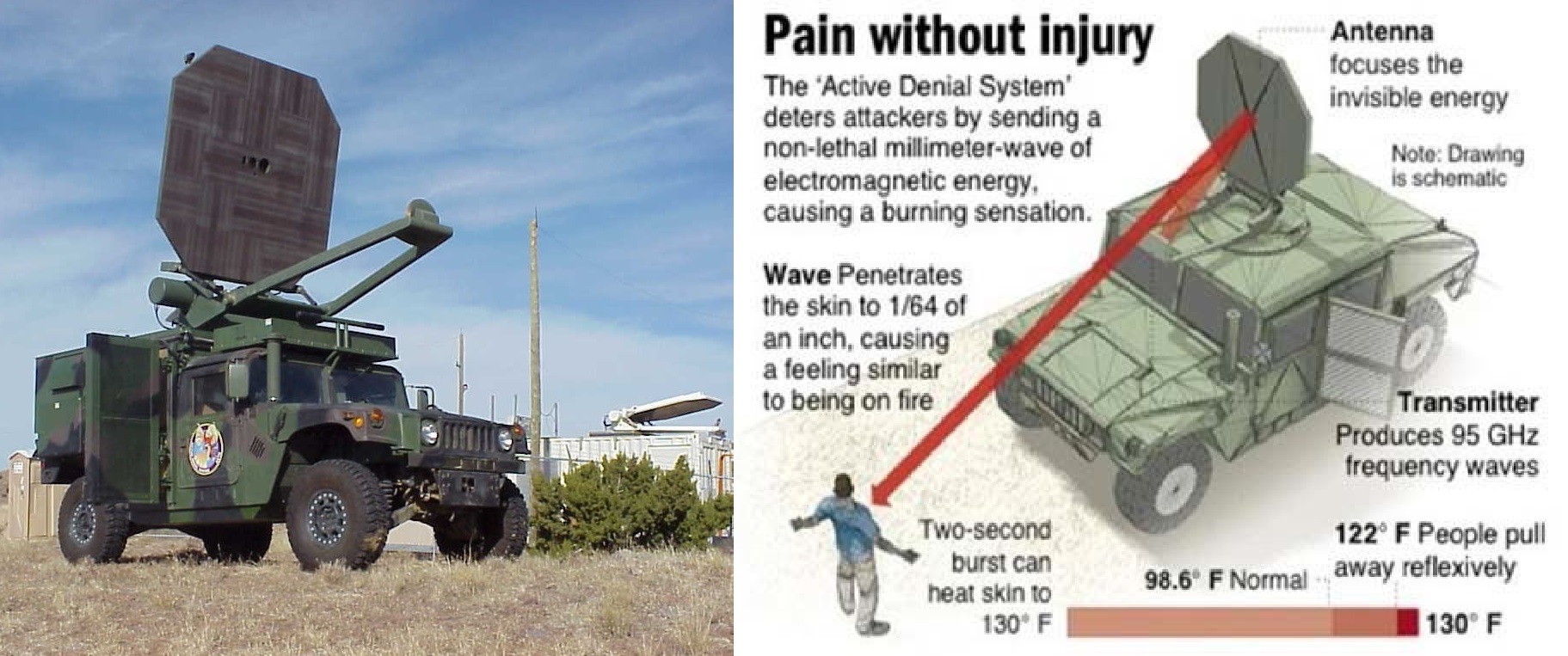True Anomaly and Firefly Aerospace Team Up for US Space Force Orbital Vehicle Trials

True Anomaly, a rapidly emerging player in space technology, has joined forces with Firefly Aerospace to execute a series of critical orbital vehicle launch trials for the US Space Force under the Victus Haze program. The partnership underscores a pivotal leap in military space operations, designed to strengthen the United States' defensive posture in space by enhancing its capability to quickly launch spacecraft capable of deterring potential threats.
Victus Haze is a specialized initiative by the US Space Force aimed at developing a tactical spacecraft capable of responding to threats in space with rapid countermeasures. The core of the program focuses on creating a spacecraft that can be launched with minimal notice, allowing for quick responses to various orbital scenarios, whether defensive or offensive. This mission holds significant strategic value, as the increasing militarization of space has become a critical aspect of global defense strategies.
In this ambitious project, True Anomaly's proprietary orbital vehicle, called Jackal, will be launched aboard Firefly Aerospace’s Alpha rocket. The Jackal vehicle, designed for rendezvous and proximity operations, is an advanced spacecraft capable of maneuvering close to other objects in space, potentially enabling it to observe, inspect, or even disrupt adversarial satellites. This technology has drawn significant attention as it promises a tactical advantage in space-based conflict scenarios. The Jackal and Firefly Alpha team-up aims to prove the vehicle’s proficiency in carrying out such operations. The launch trials are scheduled to occur between 2025 and 2027.
The Challenge of Speed and Precision
One of the most impressive aspects of this collaboration is the requirement for the launch to be executed within 24 hours of receiving the US Space Force’s green light. Once the signal is given, Firefly and True Anomaly must move rapidly: they will transport the Jackal vehicle to the launch pad, integrate it with the Alpha rocket, complete all necessary pre-launch processes, and launch the vehicle into space—all within a day.
The demanding timeline for the Victus Haze mission underscores the increasing importance of rapid response capabilities in space defense. The ability to launch spacecraft at such short notice allows the US to react to emerging threats in space—whether from anti-satellite weaponry or other hostile actions—more effectively. Once in orbit, the Jackal will perform complex operations, maneuvering near another spacecraft launched by Rocket Lab as part of the same program. These rendezvous and proximity operations are crucial for evaluating Jackal’s capability to perform in real-world tactical scenarios.
The launch is expected to take place from either Vandenberg Space Force Base in California or Cape Canaveral Space Force Station in Florida, two major hubs for US space operations.
Partnership Backed by Expertise
True Anomaly secured the primary Victus Haze mission contract in April 2024, marking a significant milestone for the company. The $30 million contract includes spacecraft development, launch preparation, and in-orbit operations. True Anomaly is already hard at work constructing the Jackal at its Denver manufacturing center. The company’s innovative approach has allowed it to stand out in the highly competitive space industry, with its technology promising to give the US Space Force a much-needed edge.
Firefly Aerospace, on the other hand, brings extensive experience in responsive space launch logistics. The company previously completed a similar test mission under the US Space Force’s “Victus Nox” program from September 2023 to February 2024. That trial provided vital insights for the upcoming Victus Haze launches, fine-tuning the processes required for rapid spacecraft deployment.
The Alpha rocket, which will be used for the Victus Haze mission, is Firefly’s medium-lift rocket designed for responsive space missions. Capable of launching payloads up to 1,000 kg to Low Earth Orbit (LEO), the Alpha rocket has proven to be a versatile and reliable option for both commercial and military missions. It combines a solid track record with the agility necessary for fast-response missions, making it a fitting choice for the Victus Haze program.
Building 'Asymmetric Capabilities'
As True Anomaly CEO Even Rogers emphasized, Victus Haze exemplifies how public-private partnerships can create groundbreaking capabilities. By leveraging True Anomaly’s cutting-edge manufacturing and Firefly’s rapid-launch technology, the US is positioning itself to maintain a decisive edge in space. These “asymmetric capabilities,” as Rogers called them, are designed to provide the US with a strategic advantage, allowing it to respond to threats faster and with more precision than ever before.
Firefly’s role in expanding the US National Security Space enterprise is not limited to the Victus Haze mission. The company is poised to provide additional launch capacity, ensuring that the US is ready to deploy spacecraft quickly, both in Low Earth Orbit (LEO) and Medium Earth Orbit (MEO). This enhanced capability supports broader national security efforts and highlights the increasing importance of responsive space launch services.
Looking Forward
The partnership between True Anomaly and Firefly Aerospace marks a critical step in the evolution of space defense. With the US Space Force's focus on rapid and reliable spacecraft deployment, these trials are more than just test launches—they are shaping the future of how military operations will be conducted in space. The success of Victus Haze could set the stage for even more advanced capabilities, solidifying space as a critical domain in modern defense strategies.
As the timeline for the Victus Haze trials approaches, both True Anomaly and Firefly are gearing up to demonstrate their ability to meet the US Space Force’s high-stakes demands. If successful, this collaboration could redefine the boundaries of what’s possible in space defense, providing the US with the tools it needs to maintain superiority in an increasingly contested domain.


